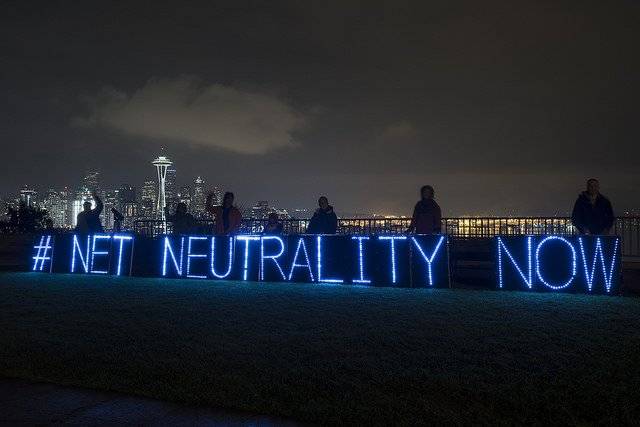As the Telecom Regulatory Authority of India’s (TRAI) ruling, dated 8th February, 2016, on differential data pricing has temporarily settled the long standing debate concerning net neutrality in India, which has been covered in our previous post, we shall analyse the positive outcomes of the said ruling for the businesses in India.
Before we begin the analysis, let us briefly revisit the concepts of ‘net neutrality’ and ‘differential pricing’.
Net neutrality is a concept that aims at ensuring the openness of the internet. It means that the internet users should be permitted to have equal access to the various content on the internet, regardless of their source or nature, unless such content is illegal. Net neutrality thus, ensures a level playing field for the different internet services.
Differential pricing is an act that goes against the concept of net neutrality. As the term suggests, differential pricing refers to the differential charging of access to services on the internet. Differential pricing as such is not a problem. It is the differential pricing based on content that the TRAI has prohibited through its regulations. This means that the TRAI prohibits offering or charging discriminatory tariffs for data services on the basis of content.
The relevant points covered in the regulations have been summarized below:
- No Service Provider can offer or charge discriminatory tariffs for data services based on content; and
- No service provider shall enter into any arrangement, agreement or contract, by whatever name called, with any person, natural or legal, that the effect of discriminatory tariffs for data services being offered or charged by the service provider for the purpose of evading the prohibition in this regulation
- Differential pricing in closed communication networks is permitted
- Reduced tariff for accessing or providing emergency services, or at times of public emergency has been permitted.
- Financial disincentives for contravention of the regulation
- TRAI may review these regulations after a period of two years
The aforementioned regulations have struck a strong blow against big technology companies like Facebook and Airtel. Free Basics and Airtel Zero launched by Facebook and Airtel respectively, are platforms that aimed to facilitate free/affordable access to certain services or applications. The prohibition on differential pricing on the basis of content would render such platforms illegal.
Though such platforms would have provided easier and affordable access to at least a portion of the internet, the regulations seem to be more beneficial to India when one looks at the bigger picture.
India is a country where the business infrastructure is primarily composed of small business owners, start-ups, Micro Small and Medium Enterprises (MSME) etc. Technology giants like Facebook and Google which were formed in an environment where there was net neutrality, now have the resources to introduce differential tariff schemes. The same cannot be said for the small business owners and start-ups that constitute a huge portion of the business setup in India. Without a level playing field, such platforms and internet services would not be able to compete with big companies, which would in turn result in the breakdown of the Indian business infrastructure. The differential pricing of content has hence been criticized to be highly anti-competitive.
Furthermore, considering that the majority of the Indian population is connected to the internet, enabling the service providers to control the nature of access would in turn result in permitting the service providers to shape the internet experience of users, thereby limiting their access to knowledge.
Taking all the aforementioned factors into consideration, it can be fairly concluded that the TRAI’s ruling in favour of net neutrality is indeed the right move for India.
Authored by Thomas Joseph.
Image Source/Attribution- here, governed by Creative Commons License CC BY 2.0



